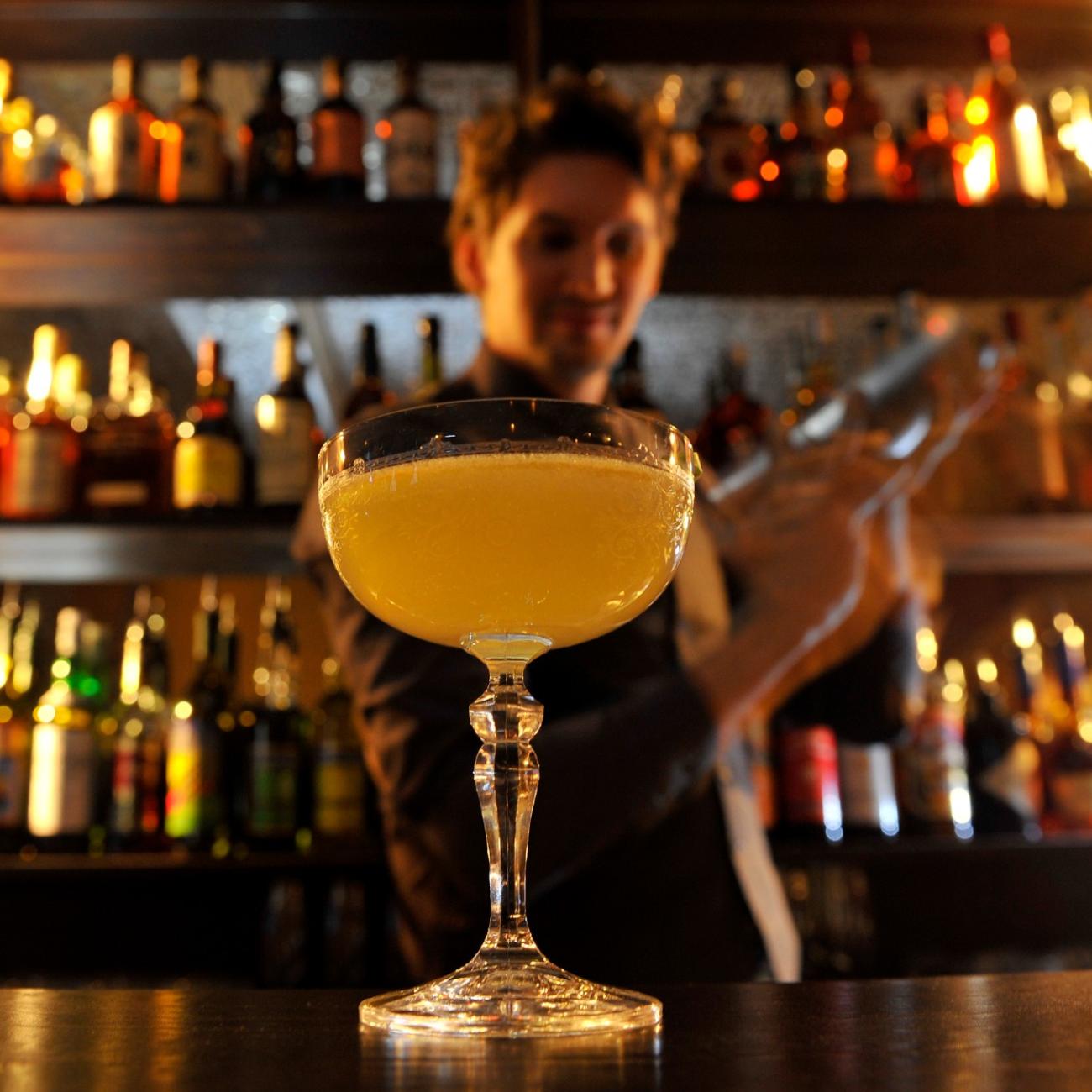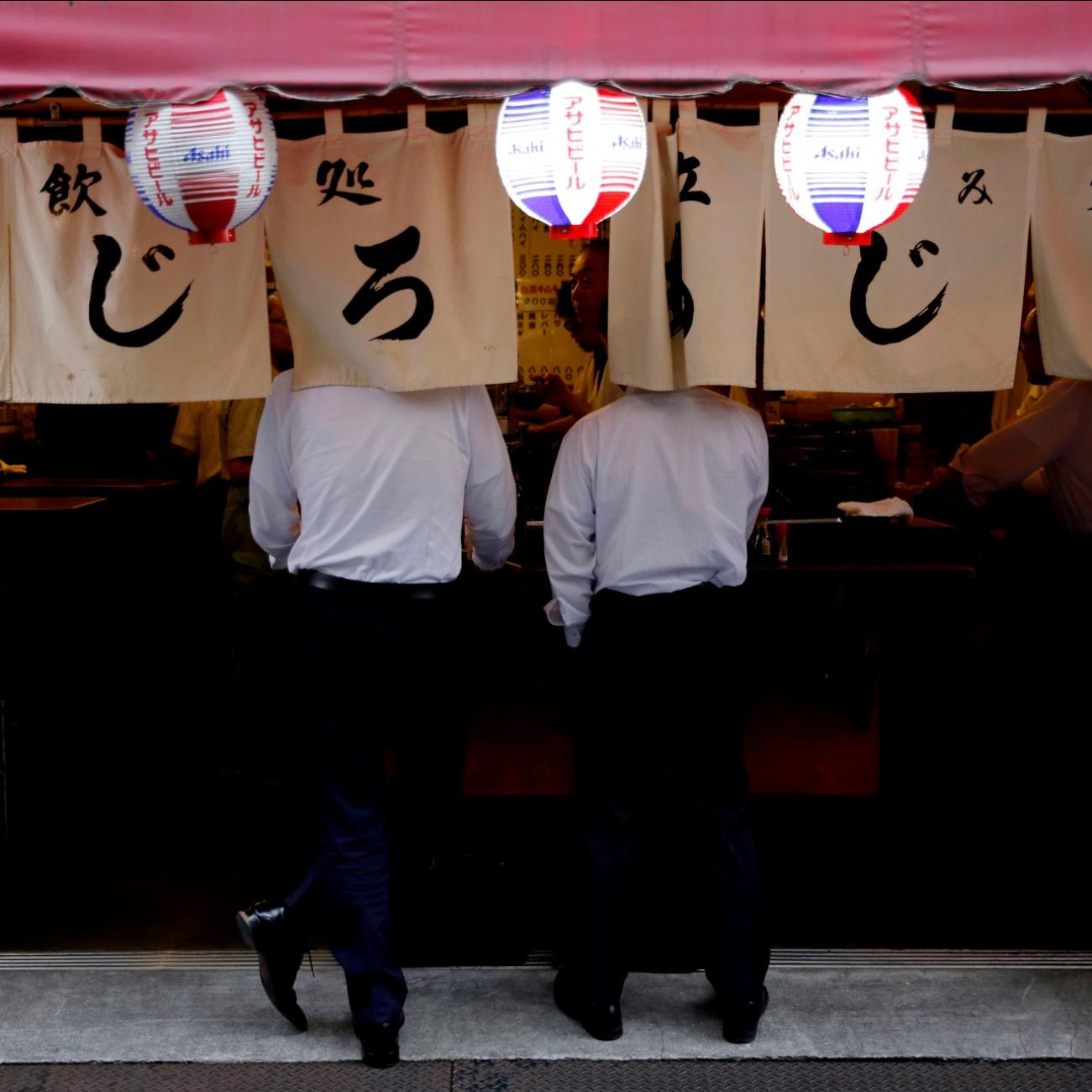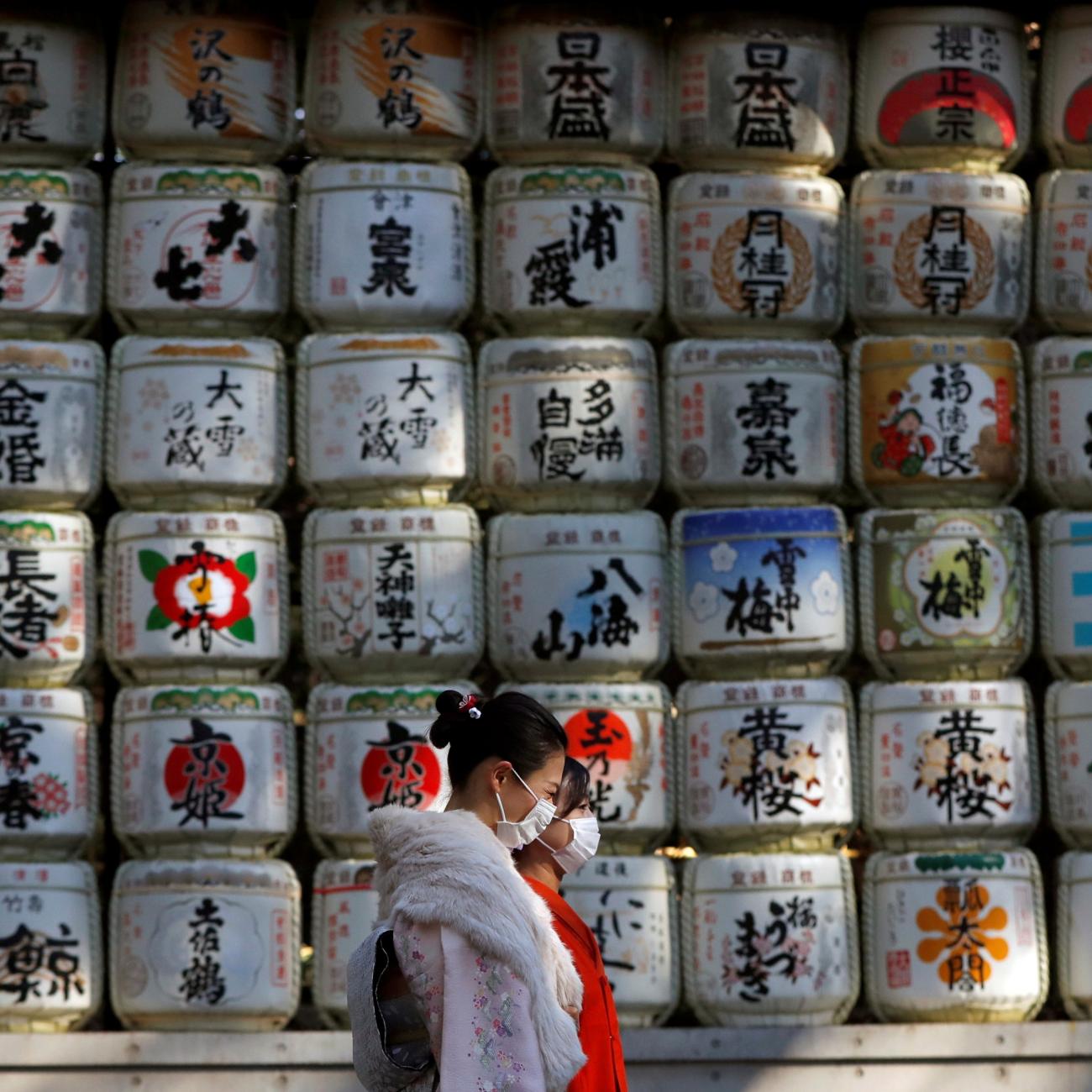Since the 1980s, Taiwan has been known for having relatively lax alcohol control policies. But in the last decade something remarkable happened: a place that once exemplified unregulated indulgence in alcohol has transformed into a beacon of responsible drinking, thanks to concerted efforts by government, community organizations, and health-care professionals, amongst others.
From Laxity to Regulation
In the early 2000s, Taiwan’s alcohol sales practices were more liberal, particularly in its capital of Taipei. There were minimal restrictions on advertising and availability. The absence of effective minimum age laws allowed even teenagers to purchase alcohol with ease. This was compounded by cultural norms that often equated celebrations with drinking: in many Taiwanese traditions, toasting and consuming alcohol were viewed as integral to festivity and camaraderie. Bars and clubs thrived, and authorities provided little oversight of serving practices or responsible consumption.
This laissez-faire approach had severe consequences. Alcohol-related illnesses began to rise, accidents caused by drunk driving made increasingly frequent headlines, and the societal cost of addiction was a growing concern, particularly compared to neighbors such as Japan and South Korea, which had more stringent regulations and stronger enforcement.
It was about shifting culture through education and a public campaign to change attitudes toward alcohol consumption
In response to this growing crisis, Taiwan’s public health officials, policymakers, and community leaders began to band together, spurred by several factors. Public health officials who recognized the escalating issue made a determined push. A series of high-profile alcohol-related accidents and a growing outcry from community organizations galvanized support.
Authorities acknowledged the devastating health and social consequences of alcohol consumption by collecting data, publishing reports, and showcasing the stark reality of the situation. The numbers spoke loud and clear: it was time for change.
And the absence of strong opposition from the alcohol industry, possibly due to increasing public awareness of the health risks, facilitated a swifter response. Solutions would require both a government response and community-driven initiatives. This confluence of factors set Taiwan apart and laid the foundation for a comprehensive, multi-sectoral strategy. This wasn’t just a matter of enforcing new laws; it was about shifting culture through education and a public campaign to change attitudes toward alcohol consumption.
Battle Plans
The next step towards responsible drinking in Taiwan was restrictions on alcohol advertising. Recognizing that youth were particularly susceptible to targeted marketing campaigns, and underage drinking had been rising, the government and advocacy groups fought to restrict alcohol advertising on television and radio during certain hours and prohibited marketing that appealed directly to young people. Public health officials and community organizations built awareness and garnered support for the legislation during extensive debates, public hearings, and negotiations with various stakeholders, including the media and the alcohol industry. Ultimately, a consensus was reached that prioritized public health and legislation was enacted in 2009, marking a significant turning point in Taiwan’s battle against alcohol-related issues. Brands were no longer allowed to associate alcohol with social or sexual success, curbing an important aspect of the cultural glorification of drinking.
Recognizing that the price of alcohol influences how much people drink, Taiwan also changed how alcohol is taxed. In 2013, when a revised taxation system was introduced, drinks were taxed in proportion to their alcohol content, which made high-proof spirits less appealing, particularly to price-sensitive youth, and encouraged drinkers to shift towards less alcoholic beverages.
One of Taiwan’s boldest actions was to enforce its minimum age law. Prior to 2009, minimum age restrictions existed on paper but enforcement was lax. Ultimately, retail locations undertook stricter identification checks, and those that failed to do so were subject to severe penalties. This made underage alcohol purchase considerably more difficult and sent a strong message that underage drinking would not be tolerated. On the three occasions between 2006 and 2014, Taiwan's authorities also increased penalties for driving under the influence.
In parallel with these measures, Taiwan invested to increase the availability of treatment for alcohol dependence, by opening counseling centers and establishing a national helpline. This ensured that people affected by alcoholism were not left behind, and instead were provided with paths to recovery and a healthier life.
Ingredients for Change
Within a decade of implementing these measures, Taiwan began to see significant positive results. Monthly drunk-driving injuries fell by nearly 40 percent, and monthly alcohol-related traffic deaths dropped by more than 80 percent.
According to a study conducted by National Taiwan University and Ming Chuan University, the biggest reductions in drinking amounts and alcohol-related mortality were in places that were already most affected by alcohol-related disease.
Monthly alcohol-related traffic deaths dropped by more than 80 percent
Taiwan’s transformation was not just a matter of policy design; it required political will and collaboration across party lines. In a democratic system where political parties are often at odds, achieving consensus on public health matters such as alcohol regulation is complex. Taiwan's success was the result of patient negotiation, engagement with stakeholders, and a shared recognition of the urgent need for action.
Engaging community leaders was equally important, as they influenced public opinion and helped ensure regulatory measures were broadly embraced. The community was involved at every step, from town hall meetings to educational campaigns in schools. This participatory approach ensured that the regulations were not viewed as top-down impositions, but rather as collective decisions aimed at improving public health.
Far from just a local success story, Taiwan’s transformation from a country with lax alcohol control policies to a global model for effective alcohol regulation has implications for countries worldwide in their battle against the bottle. It highlights not only the importance of strategic regulatory measures but also the crucial role played by political unity and community engagement. The multi-sectoral approach, the careful planning and execution, and the alignment of legislation with social education demonstrate what can be achieved with coordinated effort.







